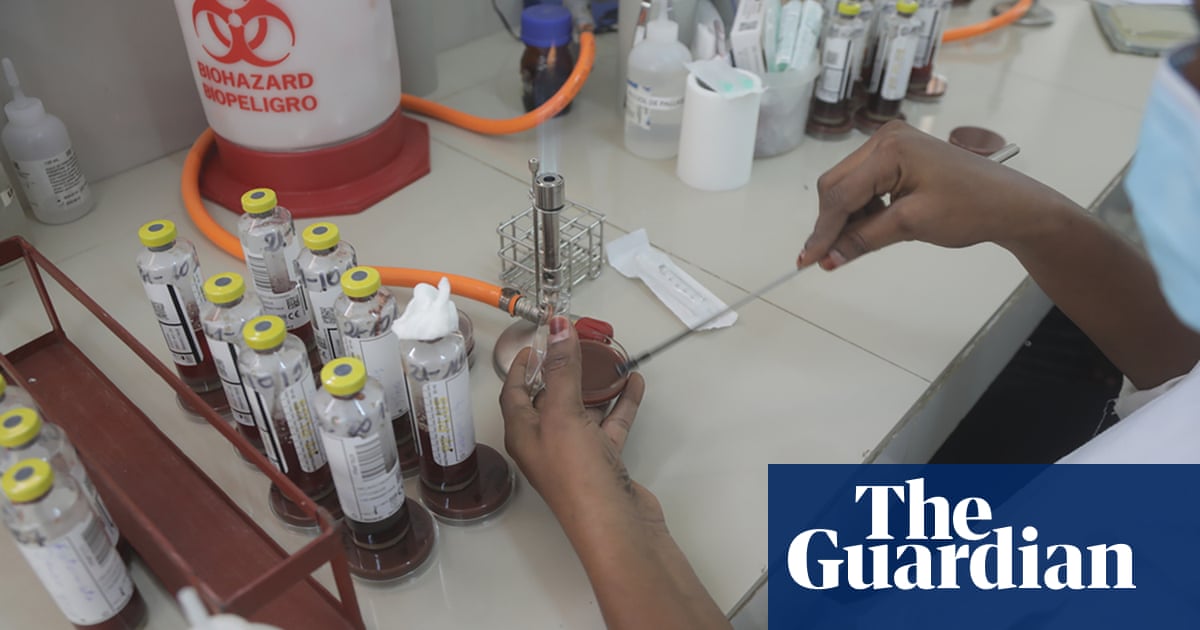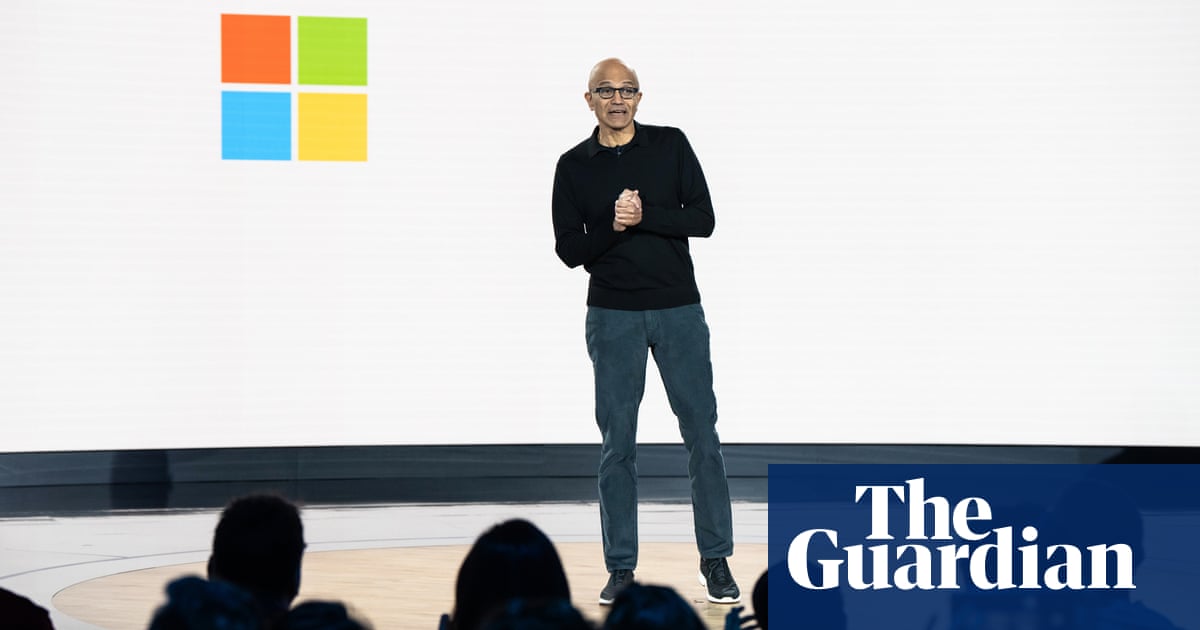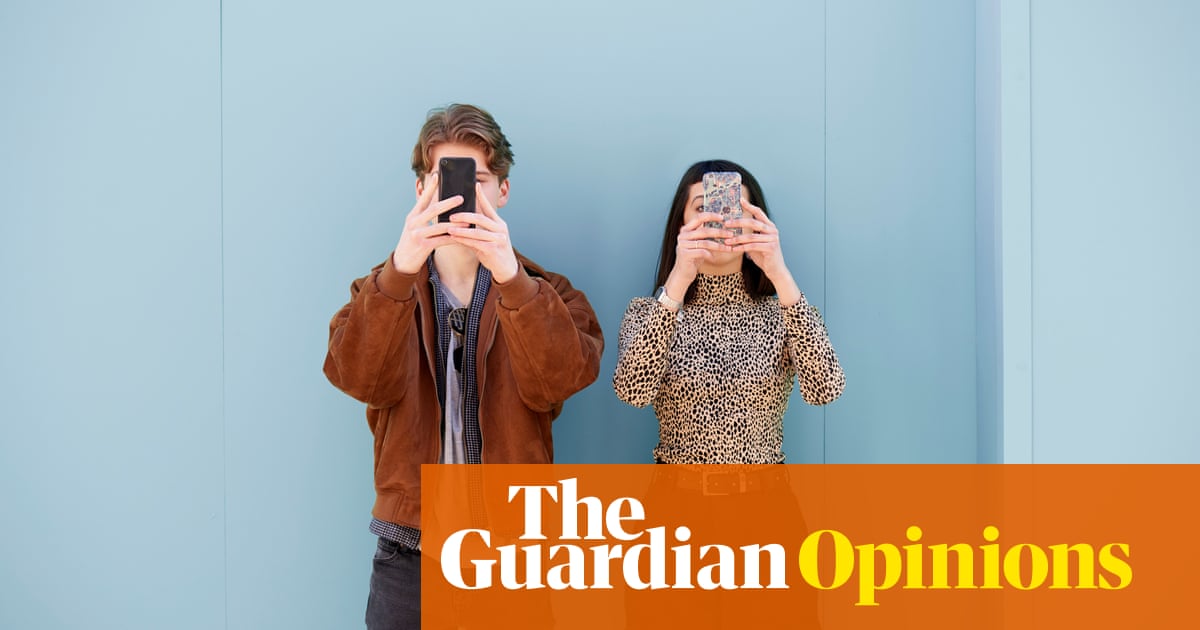Every hour young people spend in front of screens increases their chance of being shortsighted, researchers have found, with experts warning young children should have limited use of devices and spend more time outdoors.
Myopia is caused by having an over elongated eyeball and is a growing problem, with research suggesting about 40% of children and adolescents worldwide could have the condition by 2050.
While genetics play a role in who develops myopia, other factors that increase risk include not spending enough time outdoors and focusing on things that are close up for prolonged periods, which could explain why screen time has been associated with a higher risk and severity of myopia.
Now, researchers in Korea say they have shed fresh light on this relationship in an analysis of 45 studies, involving 335,524 participants, that looked at the use of digital screen devices such as mobile phones, game consoles and television.
The results, largely based on data from children, adolescents and young adults, reveal that an additional hour of daily screen time is, on average, associated with 21% higher odds of having myopia.
Prof Chris Hammond of King’s College London, a consultant ophthalmologist who was not involved in the work, said that based on a prevalence of myopia of about 15% in children aged 12 to 13 in the UK, the research suggested a child’s risk of being shortsighted rose to 18% if they used a screen for an hour, and 27% after four hours.
The Korean team added that, for those who already had the condition, an additional hour of daily screen time was associated with 54% higher odds of becoming even more shortsighted.
When the researchers delved deeper they found the risk of myopia rose steeply as daily screen time increased, with 5% greater odds of myopia for one hour a day of exposure compared with no screen use, and 97% higher odds for four hours’ use a day.
Beyond that duration, the researchers added, the odds rose more slowly, while there was no clear association with myopia for screen use below one hour a day, suggesting a potential “safety threshold”.
However, the research has limitations, including that some studies relied on self-reports of myopia, the team did not look at how often participants carried out other closeup activities, measuring screen time is difficult, and further evidence is needed to support the idea of a safety threshold.
In addition, the research could not prove screen time caused myopia.
“For instance, because screen use predominantly occurs indoors, the resulting reduction in exposure to the protective benefits of outdoor environments may contribute to the increased risk of myopia,” the team wrote.
Hammond agreed, noting the interaction of risk factors in the development of myopia is complicated.
But, he said: “This meta-analysis, on top of studies of the ‘natural experiment’ of the Covid lockdowns, strongly suggests that a combination of young children being kept indoors and spending significant time on screens is not good for their eyes and the combination results in myopia.”
Prof Rupert Bourne of Anglia Ruskin University, a consultant ophthalmic surgeon, welcomed the study, noting a key concern was that worsening myopia raised the risk of sight-threatening conditions.“These findings can inform educational strategies and public health policies aimed at addressing the myopia pandemic,” he said.

.png) 2 months ago
23
2 months ago
23













































